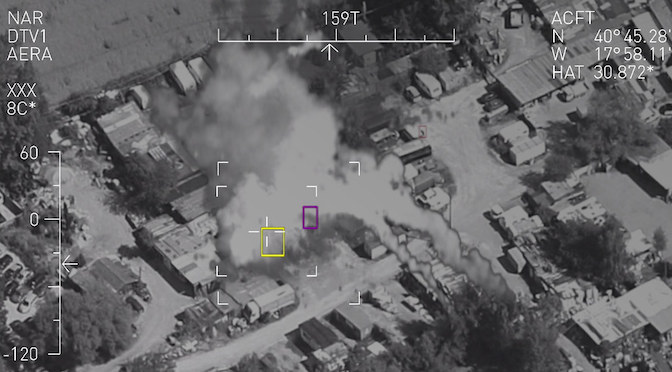Paul Lushenko considers how Mitt Regan’s book Drone Strike: Analyzing the Impacts of Targeted Killing [see also Regan’s article in this volume] informs the national security community’s understanding of the public’s perceptions of legitimate drone strikes. Lushenko explains that Regan, in evaluating the effectiveness of the post-9/11 US drone program, raises an important question about the implications of public… Continue reading Drone Strike—Analyzing Public Perceptions of Legitimacy
Tag: Remote Targeting
Analyzing the Legality and Effectiveness of US Targeted Killing
Laurie Blank discusses a new approach to analyze the legality and effectiveness of US targeted killing. She suggests that targeted killing should be viewed through a lens that combines the effectiveness and legality metrics while also focusing on the essential issue of legitimacy. Blank then explores the effectiveness of targeted killing through a legal lens… Continue reading Analyzing the Legality and Effectiveness of US Targeted Killing
Analyzing the Impacts of Targeted Killing: Lessons for the United States
A central tool in the United States’ counterterrorism strategy over the past two decades has been the use of remotely piloted aircraft, more commonly known as drones, to target members of Al Qaeda and other associated terrorist groups. These drone strikes have been largely concentrated in northwest Pakistan, Yemen, and Somalia, although the exact number… Continue reading Analyzing the Impacts of Targeted Killing: Lessons for the United States



